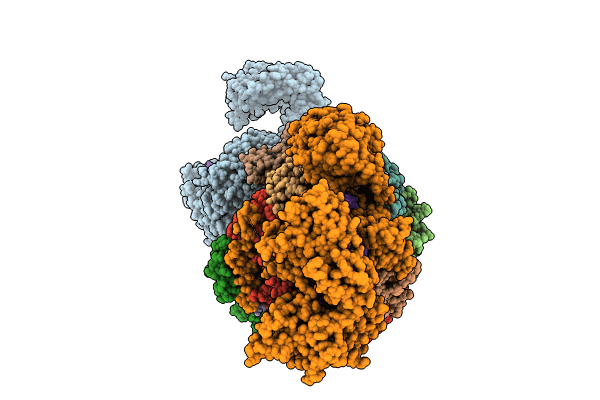
Deposition Date
2024-07-23
Release Date
2024-10-16
Last Version Date
2024-11-20
Entry Detail
Biological Source:
Source Organism:
Homo sapiens (Taxon ID: 9606)
Cricket paralysis virus (Taxon ID: 12136)
Cricket paralysis virus (Taxon ID: 12136)
Host Organism:
Method Details:
Experimental Method:
Resolution:
7.00 Å
Aggregation State:
PARTICLE
Reconstruction Method:
SINGLE PARTICLE


